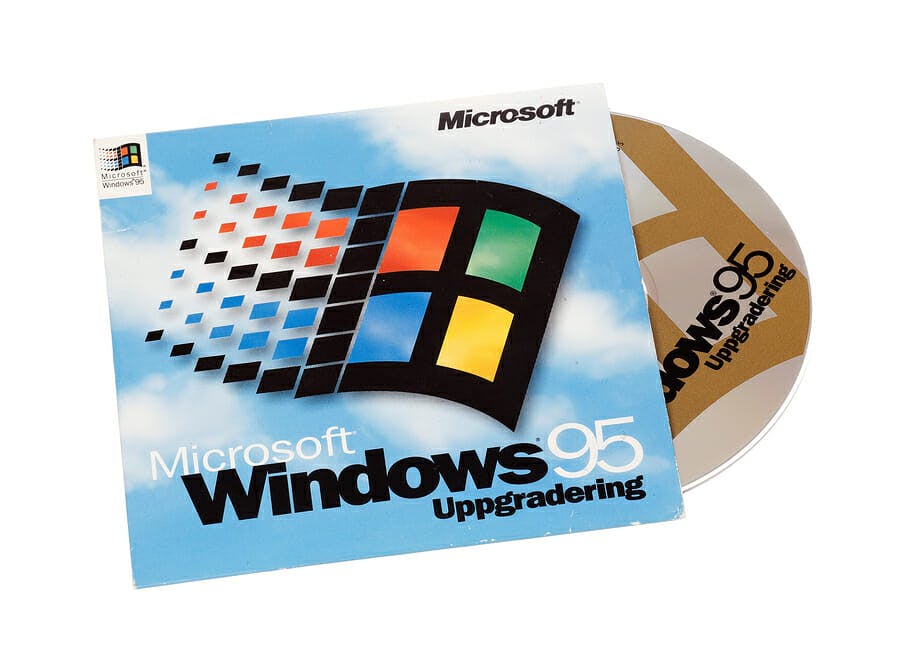Look around. How many people around you are wearing headphones right now? Have you noticed how many people are walking around your office with various flavors of earphones and airpods and isolating headphones? The market for speakers, be they wireless, smart, or otherwise has exploded. By itself, Spotify has more than 217 million customers, and you can add in millions more who listen to Pandora, Apple Music, and Tidal music services. And there are 750,000 podcasts being published, with more than 50 percent of all Americans having listened to a podcast, 90 million over the last month.
While everyone is racing to compete in video, we may miss an opportunity to brand our companies using audio.
You might not have thought about it, but there are abundant opportunities for you to market your employer brand and job opportunities in an audio format. Maybe you have job ads on Pandora. Or run an ad in front of other people’s videos. Maybe you’re talking up your curated team playlist on Spotify. Maybe you’re sponsoring a podcast. Maybe you have your own podcast. Or, videos talking about your company, such as onboarding videos.
This isn’t a jingle, strictly speaking. This is a something different. Smaller and more obsequious, think of it as an audio tag.
The idea isn’t really new. If you owned a Mac until recently, you heard the “start up chord” every time you restarted your computer. Think of it: every time you sat down to your computer, that chime greeted you to your desktop and workday. And based on your experience with Macs, those hundreds and thousands of listens have programmed you to feel something every time you heard it. If I played it now, out of the blue, you’d have that feeling all over again.
The NBC three-note progression. The Nokia tune. The HBO static. The Netflix thump. The Law & Order “chung chung” between scenes. Microsoft paid genius composer and producer Brian Eno $35,000 to design the Windows 95 startup sound (its creative brief was that the sound be exactly 3.25 seconds long, which helped make the startup process feel shorter than it actually was).
These kinds of audio tags are everywhere, but seemingly so small we barely notice them. If I played the “chung chung” out of the blue, you’d expect to see a crime scene or interrogation room immediately after. These audio tags are powerful. They resonate without feeling like advertising.
The value is that as a listener segues from podcast to video to Instagram post to playlist to ad, you want to install a brand feeling, and trigger that feeling every single time the audience hears it. It connects dots about your brand so that all your various ad channels feel aligned and connected.
You don’t need to be Brian Eno to develop your audio tag. Start by identifying what feeling you want people to associate with your employer brand, the feeling you want to evoke every time someone hears it. It could be excitement, a passion for your mission, or a vision of the future. Don’t try to invent a brand with the audio tag, but take the brand that you’re already supporting and use an audio tag to amplify.
Once defined, there are two paths to designing your audio tag. The first is musical. Come up with a 3-5 note progression that makes you think of the brand. When you’re playing with it, keep things simple. Start with a piano or guitar sound, something you’re already very familiar with. Focus on the notes and tempo until you find something that sparks that sense of brand. From there, change the sound or the effects. Look around for free and low-cost audio programs where you can swap out sampled sounds with a click. Then play with phasing, echo, fuzz, and gain until you nail the tag.
Alternatively, look around your office for a sound that occurs often. If you work in a manufacturing facility, is there a machine sound that feels like your brand? Is there a sound you hear a million times, like a tool or piece of equipment being put in or taken out of its case? Can you make the sound of your brand name being typed sound musical (if your brand focuses on words)? Look for found sound that you can play with to enhance the emotional impact and connection to the core brand.
If you are concerned that you need to hire an audio specialist to put this tag together, don’t forget that your video team (internal or external) works in audio all day long. It is a great resource in helping you shape
If you’re ready to connect the dots on your audio and video recruitment channels, think small and consider developing an audio tag.
